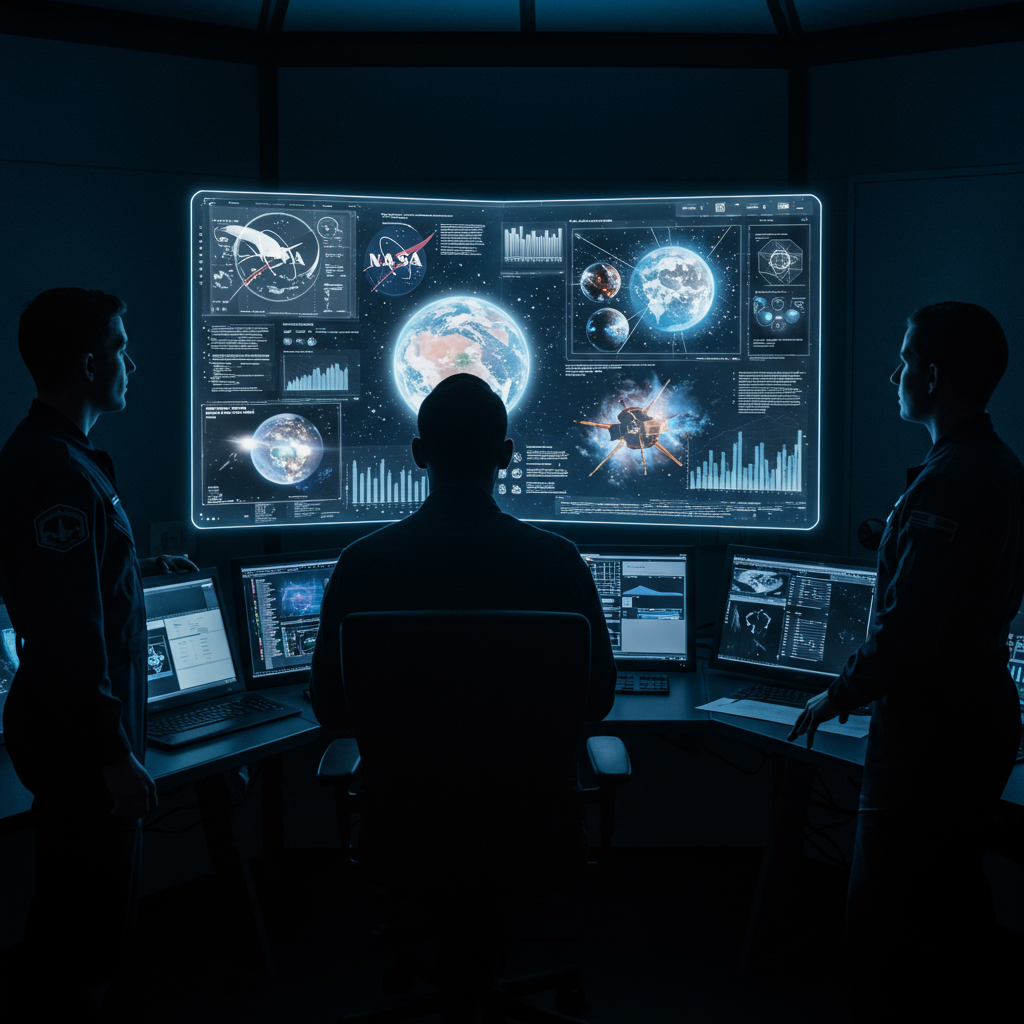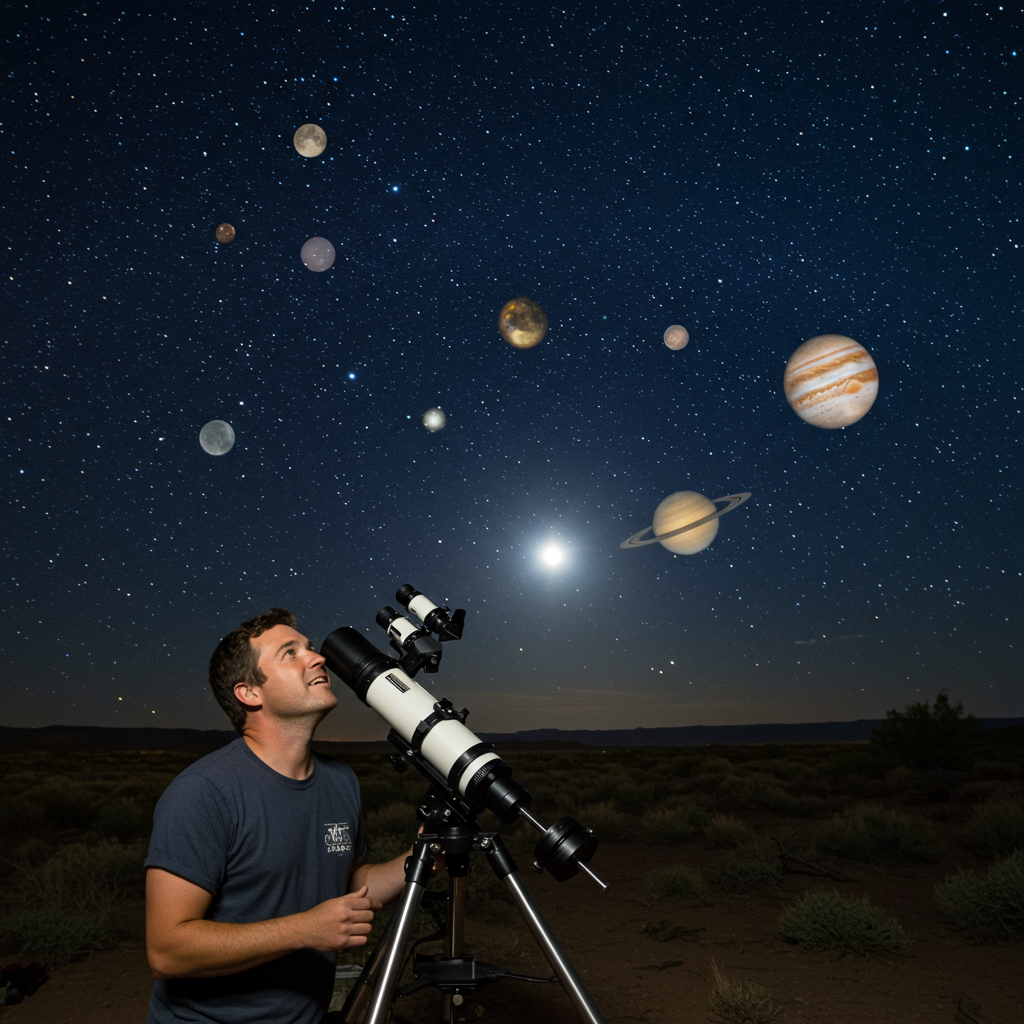A period of significant transition appears underway at NASA. Recent administrative directives and pivotal legal decisions are reshaping the agency’s landscape, potentially impacting its dedicated workforce and long-term aspirations. While the immediate outlook may seem challenging, this phase is likely temporary on the agency’s long, storied path toward pioneering the cosmos. Understanding the current shifts requires looking at policy, budget, and the enduring human element driving exploration.
Navigating Uncertainty: A Period of Transition at NASA
The catalyst for much of the current uncertainty stems from administrative actions aimed at restructuring federal agencies. A key development arrived via the Supreme Court. As reported by CNBC, a ruling in early July 2025 granted the Administration broader authority to implement large-scale staff reductions across government agencies. This decision significantly reduces the ability of lower courts to block such efforts, effectively giving a green light to potential workforce changes, including at NASA.
This legal shift coincides with other pressures. The administration’s FY 2026 President’s Budget Request for NASA reportedly outlines de facto cancellation plans for certain initiatives. Coupled with executive orders promoting agency restructuring, there are now fewer institutional barriers to protect NASA civil servants from potential RIFs (Reductions in Force) or layoffs. Contract employees and external researchers relying on NASA funding face even greater precarity, possessing fewer formal protections.
This evolving paradigm necessitates adaptation within the agency. Political appointees are reportedly being placed in senior leadership roles at NASA Headquarters. This could lead to the sudden departure of existing Center Directors, Associate Administrators, and Program Managers. Loyalty to the new administrative direction for a potentially shrinking NASA becomes a significant factor in these leadership shifts.
For many, this situation feels like a challenging crossroads. Employees were reportedly given until late July to accept buyouts. Choosing not to accept this option means risking potential layoff or reassignment. Even for those who remain, the workforce landscape is set to change. The loss of colleagues and teammates creates a difficult environment, impacting morale and operational continuity.
The dedication of nasa’s personnel is legendary. It’s a commitment seen across the agency, from engineers and scientists to administrators and support staff. This unwavering passion mirrors the drive observed even in those facing the most extreme conditions. Consider the experience of astronauts like Suni Williams and Butch Wilmore, whose Starliner mission faced unexpected, lengthy delays aboard the ISS. Despite being in a high-risk environment far longer than planned, their focus remained on the mission. As external reports highlight, astronauts like them accept these risks for a standard federal employee salary, reportedly just over $150,000 annually as of 2024. There is no hazard pay or overtime for their time spent in space. This demonstrates a profound dedication to the mission itself, a spirit pervasive throughout NASA’s workforce, even those currently facing job uncertainty on Earth.
The Human Element: Impact on the Workforce
The prospect of losing colleagues through buyouts or layoffs creates tangible disruption. Teams that have worked together for years face separation. Institutional knowledge built over decades can be eroded as experienced personnel depart. This affects not just the individuals but the collective capability of the agency to execute its complex missions. Contractors and researchers, vital contributors to NASA’s scientific output and technological development, are particularly vulnerable. Their projects can be halted abruptly if funding streams are cut.
While the current focus is on administrative changes and personnel impacts, it’s crucial to maintain perspective on NASA’s core purpose: exploring the universe. The wonders of the cosmos continue regardless of terrestrial political cycles. Events like the highly anticipated seven-planet parade visible in late February 2025, or the six-planet alignment observed in January 2025, serve as powerful reminders of the phenomena NASA studies. These celestial spectacles, often visible with the aid of tools and information provided by astronomical research and public outreach facilitated by organizations like NASA, offer fleeting moments of alignment in the night sky. This stands in stark contrast to the difficult, potentially misaligned changes occurring within the agency’s structure, highlighting the enduring scientific mandate that transcends temporary political “alignments.”
A Look Ahead: The Enduring Mission
Veterans of NASA understand that the agency has faced challenging periods before. The current climate, while described by some as “gloomy,” is likely a phase, not a permanent state. The agency has a remarkable capacity for resilience and eventual resurgence. The challenges of today are viewed within a much larger context – the vast, unfolding story of space exploration.
Looking at cosmic timescales provides essential perspective. Our sun, the source of life and light in our solar system, has a projected lifespan of around 10 billion years. It is currently only about halfway through its life, with approximately 5 billion years remaining before it enters its red giant phase, eventually shedding its outer layers to become a white dwarf. This incredibly long duration dwarfs the temporary political and administrative shifts NASA is experiencing. The agency’s work contributing to our understanding of stellar evolution, planetary science, and the far reaches of the universe is a commitment measured in decades and centuries, not just fiscal years or election cycles. The current “darkness” is fleeting when viewed against the backdrop of cosmic history and the enduring human drive to explore.
Similarly, the fundamental mysteries of the universe persist. Scientists know that roughly 68% of the universe is composed of a mysterious entity called dark energy. This unknown force is driving the accelerated expansion of the cosmos, a discovery that revolutionized cosmology. While its nature remains elusive, dark energy represents one of the deepest questions in modern physics – a question NASA missions like the recently launched Euclid or the upcoming Nancy Grace Roman Space Telescope are specifically designed to help answer. Despite internal challenges, the universe’s secrets, like dark energy, remain a constant, compelling call for continued scientific inquiry. NASA’s mission to unravel these mysteries is a force that will, eventually, reassert itself beyond temporary organizational shifts.
Rebuilding and Resilience
Once the immediate wave of changes subsides and the impact on the workforce becomes clearer, the path forward will require significant effort. Those who remain will be tasked with rebuilding and navigating the altered landscape. This process can be demanding and emotionally taxing. Experiencing job loss or seeing valued colleagues depart is profoundly difficult. Drawing on personal experience, the author notes the visceral understanding of losing a “dream job” at NASA during a period of less intense, but similar, upheaval.
Yet, there is a strong belief in the exceptional quality of NASA’s people. The workforce comprises individuals who are among the most talented, creative, dedicated, and visionary minds assembled anywhere. Their collective knowledge and passion are not easily extinguished. A common sentiment among former employees is that “you may leave NASA – but NASA never leaves you.” This highlights the deep connection many feel to the agency’s mission and its community.
This inherent spirit of exploration and innovation suggests that, after navigating the current period of uncertainty, NASA’s dedicated personnel will be instrumental in charting the course forward. They will demonstrate the enduring capabilities and fundamental importance of NASA’s work to those who may have underestimated it. The universe is vast, filled with unexplored frontiers and unanswered questions. NASA people have historically led the way in venturing into that unknown, and they are poised to do so again.
Frequently Asked Questions
What administrative actions are causing uncertainty at NASA?
Recent uncertainty at NASA is largely influenced by broader administrative efforts to restructure federal agencies. A key factor is a Supreme Court ruling in July 2025 that reduced legal barriers to implementing workforce reductions across government. This, combined with executive orders and potential budget proposals like the FY 2026 request, creates a climate where personnel changes, including RIFs and layoffs, are more likely.
Where can I find information about potential NASA buyouts or workforce changes?
Information about potential buyouts or workforce changes for NASA civil servants is typically communicated through official internal NASA channels. For broader context and community discussion among space enthusiasts and those connected to the agency, resources like NASAWatch.com often provide analysis and updates on personnel news and policy developments impacting NASA’s workforce and structure.
How might current budget proposals impact NASA’s future space exploration plans?
The Administration’s FY 2026 budget request for NASA reportedly contains plans that could lead to the de facto cancellation of some projects or significant restructuring. This, coupled with potential staff reductions, could slow progress on ongoing missions, impact the initiation of new scientific or exploration programs, and potentially lead to a loss of expertise vital for long-term goals like returning humans to the Moon or exploring distant planets and cosmic phenomena like dark energy.
The current challenges facing NASA are significant, impacting its workforce and operations. However, the history of the agency, the dedication of its people, and the enduring call of the cosmos suggest that this period of “darkness” is a phase. Like the predictable cycles of celestial events or the vast, slow evolution of stars, the fundamental mission of exploring the universe is a long-term endeavor. While navigating present uncertainties, the vision of future discoveries and the resilience of the NASA community point towards a return to brighter days, continuing the crucial work of pushing the boundaries of human knowledge and presence in the universe. Ad Astra.




